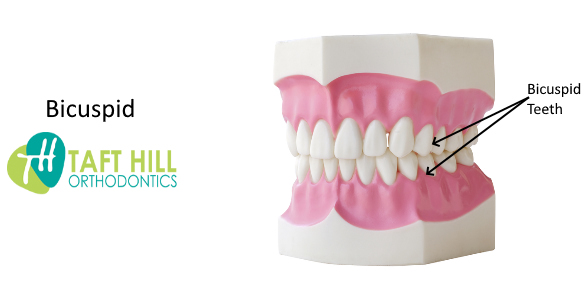Bicuspid Tooth Definition

Permanent bicuspid teeth occupy the space between the cuspids (canine teeth) and molars in the mouth. Due to their location in the mouth before to the eruption of the molars, the phrase “premolar teeth” is often used to refer to bicuspid teeth. A bicuspid tooth is one that has two cusps, or projecting points, from its crown. The prefix, “bi” signifies the presence of two points. The fact that bicuspid teeth have two root ends identifies them as such.
Are Bicuspids Permanent Teeth?
Yes. Permanent teeth with bicuspids in the region between the front canines and the back molars. In the majority of cases, the teeth that must be pulled to make room for the bicuspids are the first to be taken between the ages of 12 and 13. When a child reaches this age, their upper and lower jaws often begin to develop bicuspid teeth.
Why Do We Have Bicuspid Teeth?
Those with bicuspid teeth may bite and chew on a bigger surface area, allowing them to ingest a greater range of foods than those without these teeth. The contribution of the bicuspids enables the canines and molars to digest food effectively. This is mostly made feasible by the canines and molars.
Does Everyone Have Bicuspid Teeth?
Yes. Every individual has a set of teeth known as the bicuspids. During adolescence, sealants are often put to teeth to reduce the incidence of dental decay by as much as 80 percent. Sealants are available at dental supply shops. This preventive strategy is often recommended by dentists to their patients since it has been shown to be extremely beneficial.
